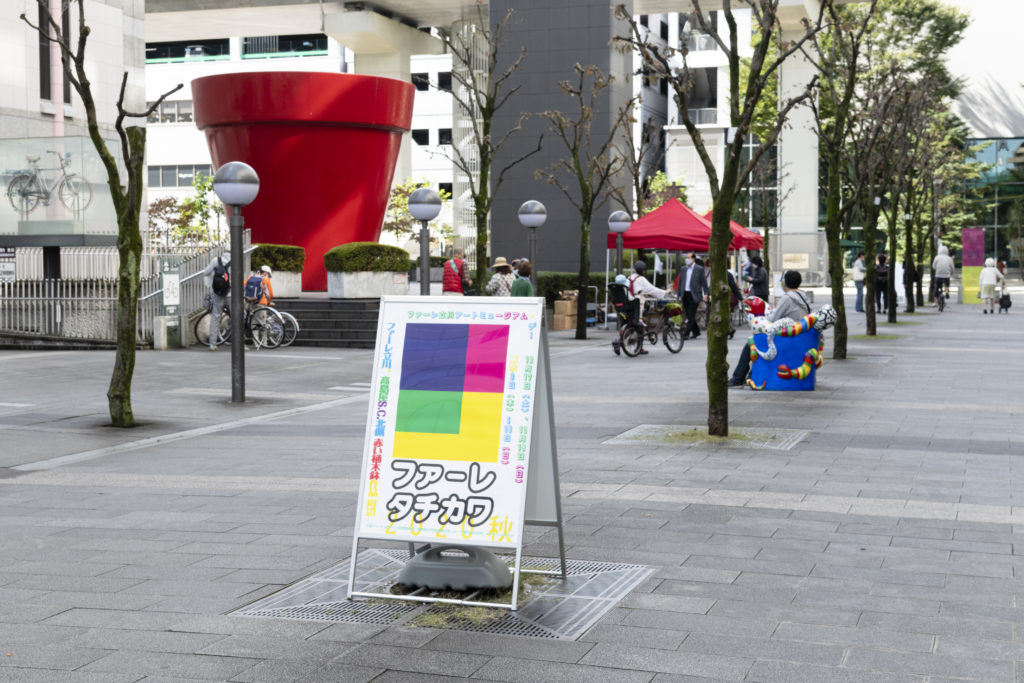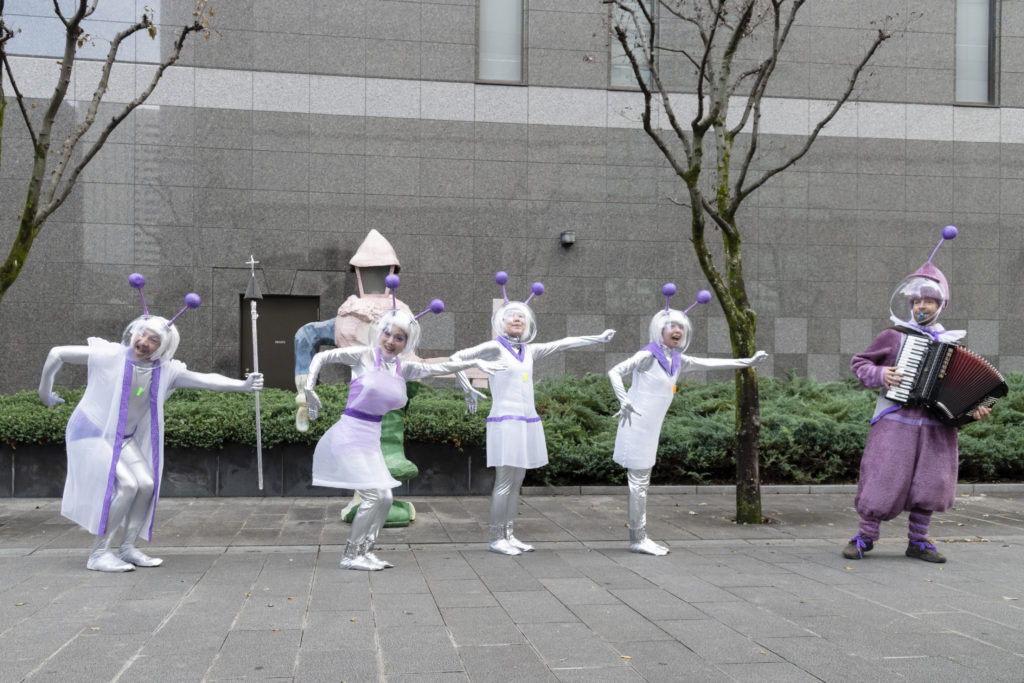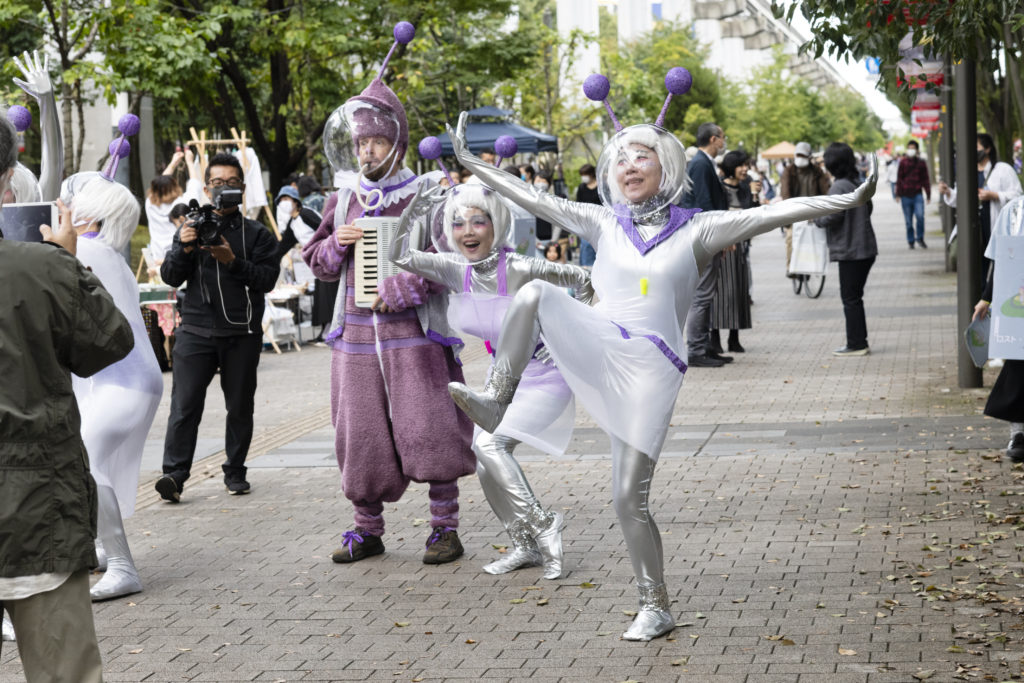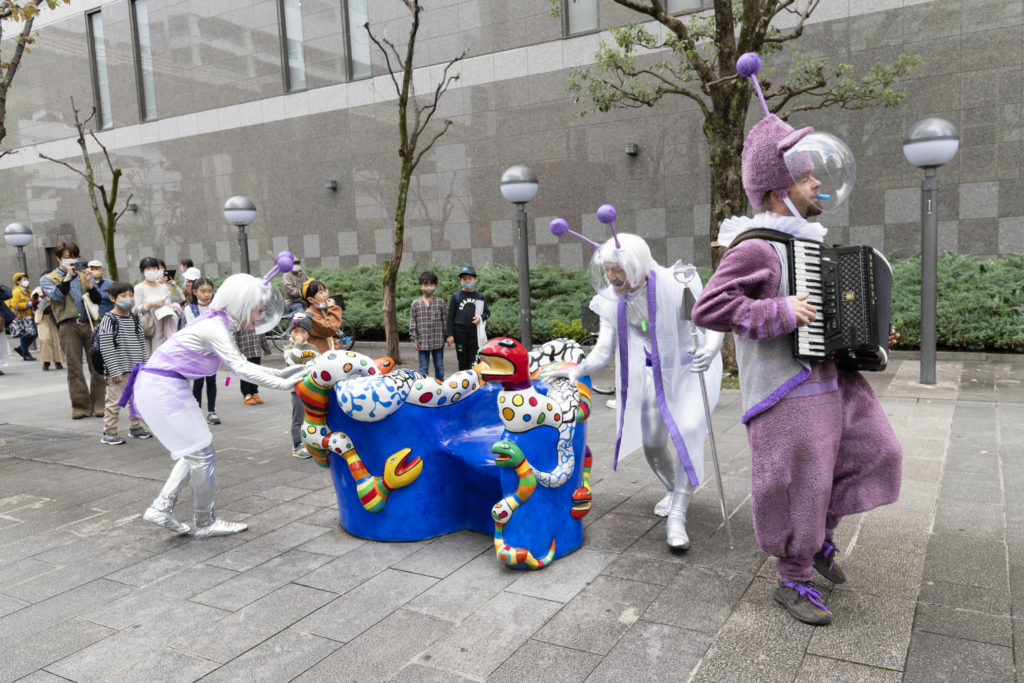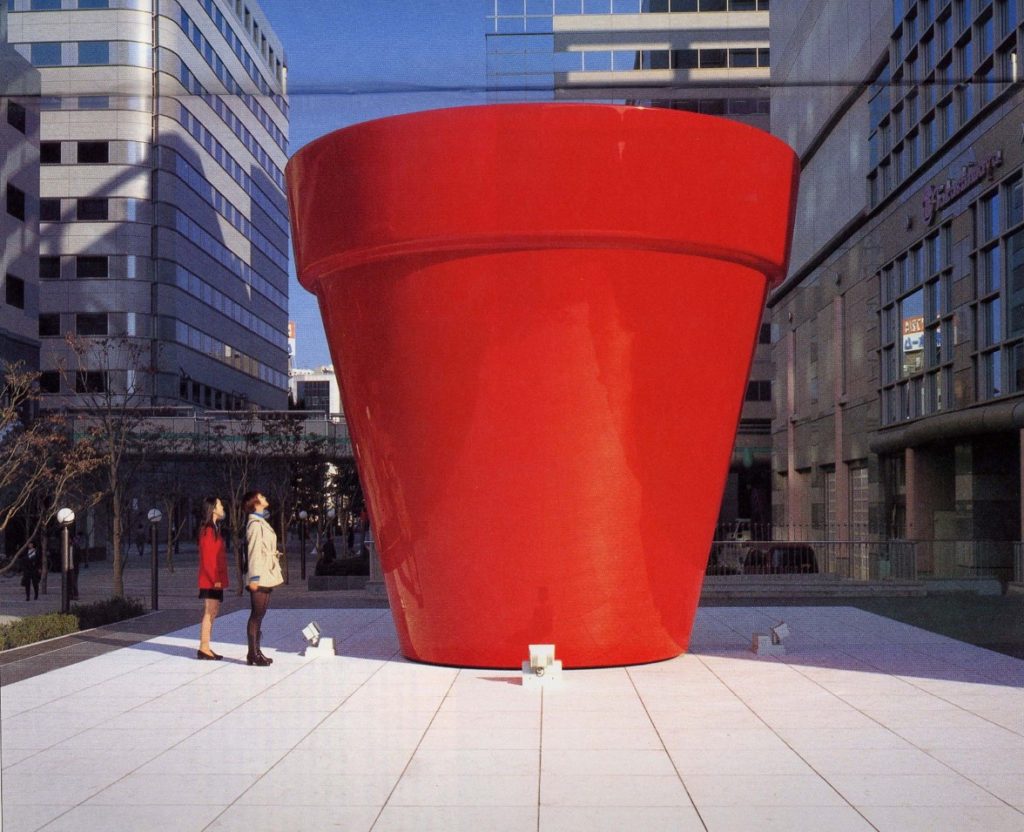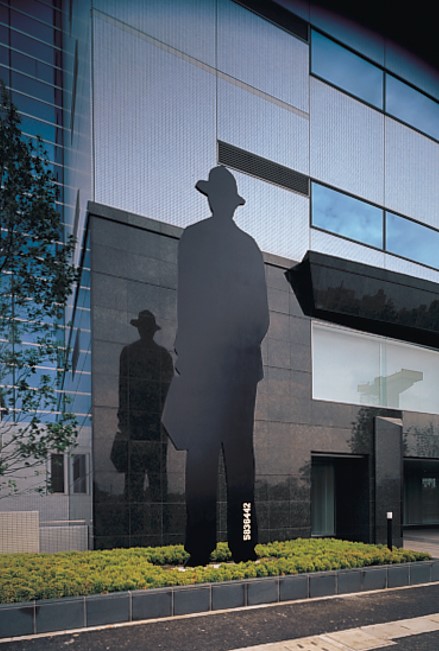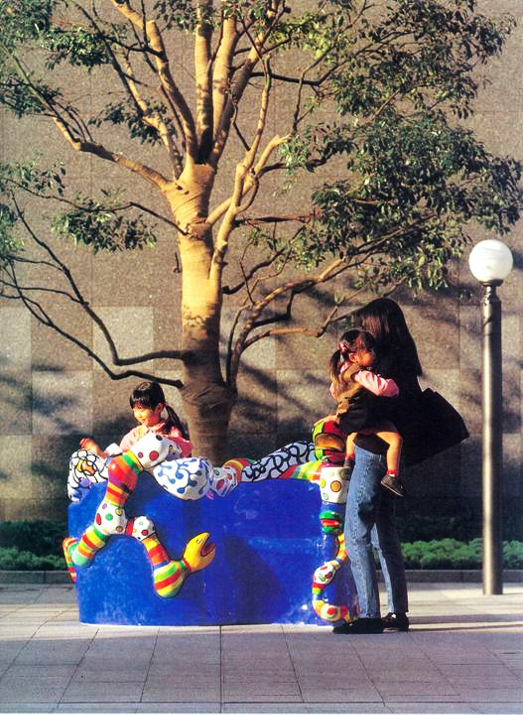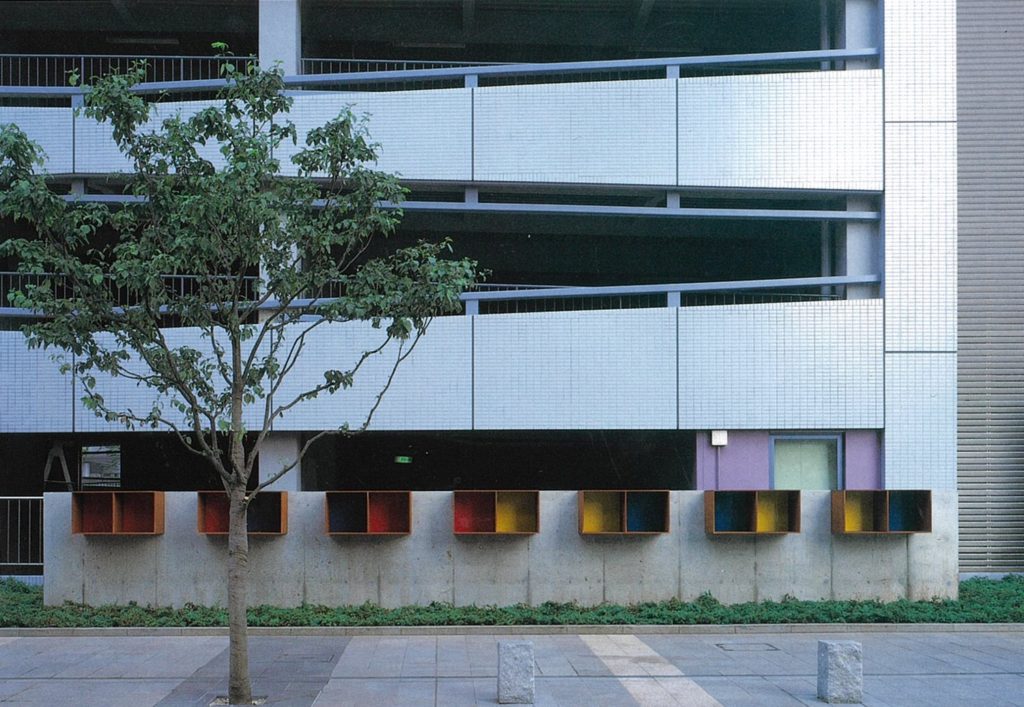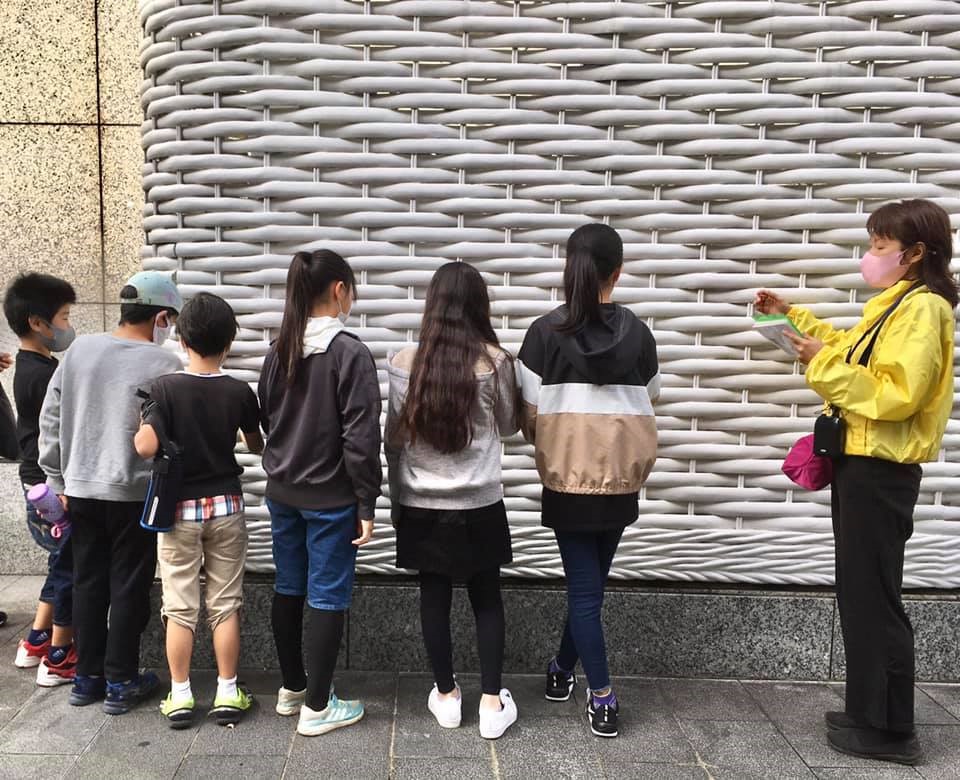TOPICART COORDINATION2020.11.11
From “Faret Tachikawa” to “The Whole Town as an Art Museum” – “Maintenance” leading to Community Development
The Competition Proposal Becomes a Reality
The annual “Faret Tachikawa Art Museum Day” was held over a period of two days on October 17th (Sat) and 18th (Sun). It has been a quarter of a century since “Faret Tachikawa” was launched on October 13th 1994 due to the redevelopment of the former US military base in Tachikawa, Tokyo. An art market and kitchen cars are lined up along the 40-meter-wide pedestrian and cycling path “Sansan Road” that connects Faret Tachikawa and the new city block “GREEN SPRINGS.” As people leisurely came and went, a guerilla theater performance began, while children were playfully running around it.
photo by Hiroshi Noguchi
Faret Tachikawa was planned as a project to play a leading role in urban development that was promoted along with the development of Showa Kinen Park and the Wide Area Disaster Prevention Base using a site of approximately 480 hectares of the US military base that was fully returned in 1977.
In 1992, Art Front Gallery was selected from amongst five appointed companies in an art proposal competition, which was implemented by the Housing and Urban Development Corporation (currently UR Urban Development Corporation) under the commission of the Tokyo Metropolitan Government and Tachikawa City. As a result, we have been involved in both the art project for Faret Tachikawa as well as “community development through art” since its opening. This year marked the completion of the redevelopment of the north and west areas of the former military site that in the early stages of the project were simply left as is. At this year’s annual “Faret Tachikawa Art Museum Day,” from what we saw it seemed that the image we envisioned at time of the competition had indeed become a reality, that is, to bring the diversely multifaceted and multi-layered nature of people and time into new businesses and this commercial city.
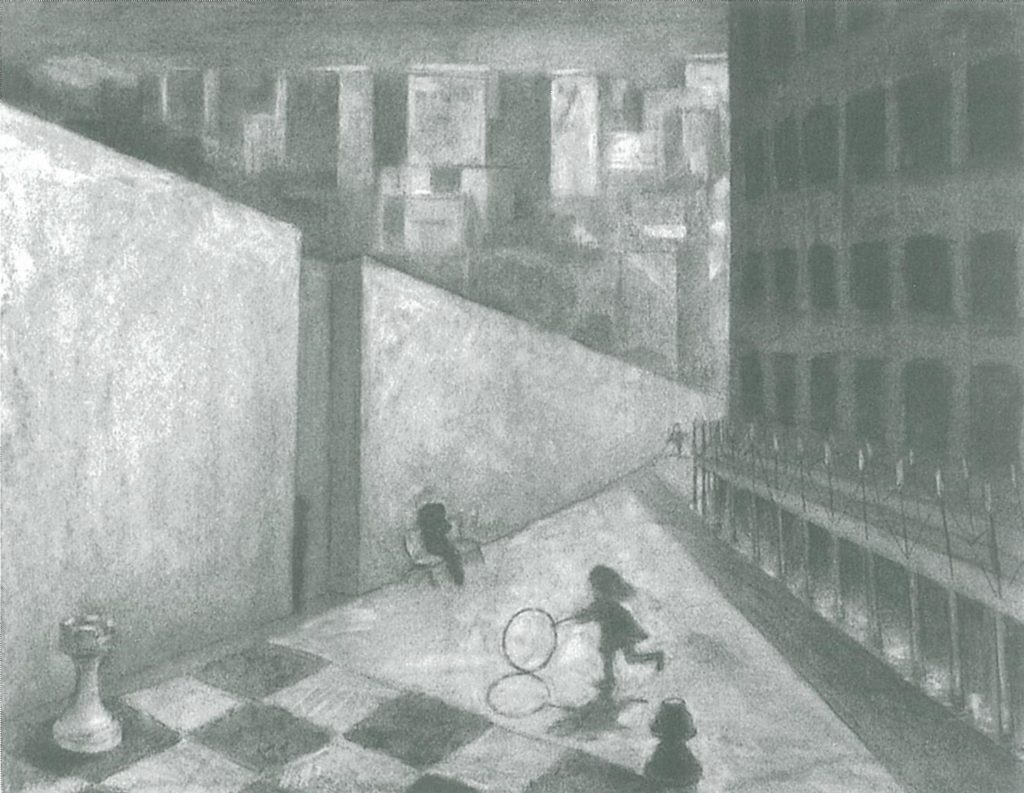
The Power of “Maintenance” that Fails to Lose its Appeal Even a Quarter of a Century Later
Faret Tachikawa is based on three concepts: “A Town Reflecting the World,” “Function into Fiction (Art)!” and “A Town of Wonder and Discovery.” 109 public artworks by 92 artists from 36 countries are presented within a town site of 5.9 hectares including 11 buildings such as offices, a hotel, department store, and movie theater. This project, which transforms city functions such as ventilation ports, exhaust towers, benches, signs, street lights, and bollards, and reflects the world at the turn of the 20th century through the expressions of various artists, had received high international acclaim as a leading example of art-based city planning. In recent years, it has influenced projects such as the Public Art for Lujiazui Harbor City in Shanghai and the Shanghai Urban Space Art Season. It seems that the constant visits received from home and abroad are largely due to the appealing concepts of the above-mentioned artworks, as well as the general “maintenance” that has been implemented from its launch to the present. Faret Tachikawa has been subject to conscientious development that carefully protects the artworks and makes best use of them. What have specifically supported this are the following activities.
・The establishment of the Faret Club in 1997, which has engaged in guided tours and related activities (the number of people who have served as guides has amounted to 30,000).
・The on-going cleaning of artworks and hosting of workshops by artists since 2002.
・Every 10 years since 2005, an art restoration and redevelopment project has been undertaken by an executive committee. In 2016, the art management committee was formed by Tachikawa City, the owners of the buildings and the works, and the Faret Club, to comprehensively consider the overall plans for town development through constant maintenance and art, as well as provide financial support.
・Since 2008, Tachikawa City has organized guided art tours for all children in the city.
In particular, with regard to maintenance, it was epochal to have shifted to the idea that art is managed not only by the owner, but also by “everyone” who enjoys it. Since Faret Tachikawa is a place that is home to art “here and now,” it has given rise to activities such as guidance, cleaning, restoration, and learning, and from there had begun to harbor a “festive” element. One of these efforts was the “Art Museum Day” (held twice a year in the spring and fall), which began with the establishment of the Art Management Committee, and considers Faret Tachikawa as a living, breathing art museum.
Niki de Saint Phalle(bench),Donald Judd(parking wall)
“The Whole Town as an Art Museum”
In the backdrop of these activities is the city’s policy of regarding “the entire town as a museum.” Tachikawa City received 109 public art works by the world’s leading artists due to Faret Tachikawa. As a result, the city’s cultural promotion plan in 1996, instead of creating a so-called museum facility, had taken on a position to consider the entire town as a museum. Later in 2004, the ordinance of the “Tachikawa Development of a Cultural and Artistic Creative City” was enacted. It actively encouraged the installation of art in redevelopment districts, parks, public facilities and new buildings, and public art was produced and installed at every opportunity, such as the National Institute for Japanese Language and Linguistics (2005), the new government building of Tachikawa City Hall (2010), the area around Tachikawa Station, and private apartments. Various efforts such as special exhibitions and international sports days using the city’s halls and other facilities have also been accumulated. Many public artworks were installed in GREEN SPRINGS, which opened this year on the west side of Faret Tachikawa. Also established in this location is the “Tamashin Museum” operated by The Tama Shinkin Bank, and “PLAY!” that centers on a museum with the theme of “pictures and words” and a playground for parents and children.
Faret Tachikawa as a Starting Point for “Community Development through Art”
The Faret Tachikawa Art Project was a significant opportunity for Art Front Gallery to think about what art can do in the city. It became the starting point for our various activities that followed, such as transforming practical functions, signage, and advertisements into art, and eventually became the course for the Echigo-Tsumari Triennale.
On the Art Museum Day, a talk event was held by Mayor of Tachikawa City Shohei Shimizu, Chairman Koji Sato of the Art Management Committee, and Fram Kitagawa, with Issei Kitagawa, who is responsible for the branding of Fare Tachikawa, serving as moderator. While talking about “the future of local culture and art in the era of Covid-19,” what was indeed confirmed was the possibility of art. The pandemic had exposed the city’s weakness, forcing all museums to close. Meanwhile, the art of Faret Tachikawa remained to be open to the city as usual. It was the power of the community that had managed to protect, and maintain it in a fresh and lively state. It had also facilitated an opportunity to build a community.
Today, what had once been a town home to a military base, has transformed into a city of art. And that art is expanding across the entire city of Tachikawa.
Learn more about Faret Tachikawa
Faret Tachikawa Art
UPCOMING

TOPIC
4/23(火) 北川フラム塾 第30回 地方芸術祭と震災-奥能登を中心に(ゲスト:暮沢剛巳)
Exhibition
Oscar Oiwa solo exhibition:Oil Octopus in the era of turbulent at Shibuya Hikarie 8/,Apr.27-May.12
TOPIC
Uchiboso Art Festival will be held from March 23rd.
TOPIC
The Oku-Noto-Suzu Yassar Project has been launched.
TOPIC
Art Festivals and Exhibitions 2024